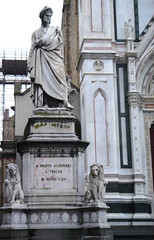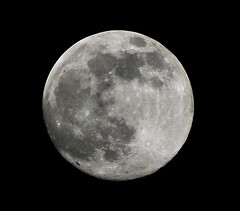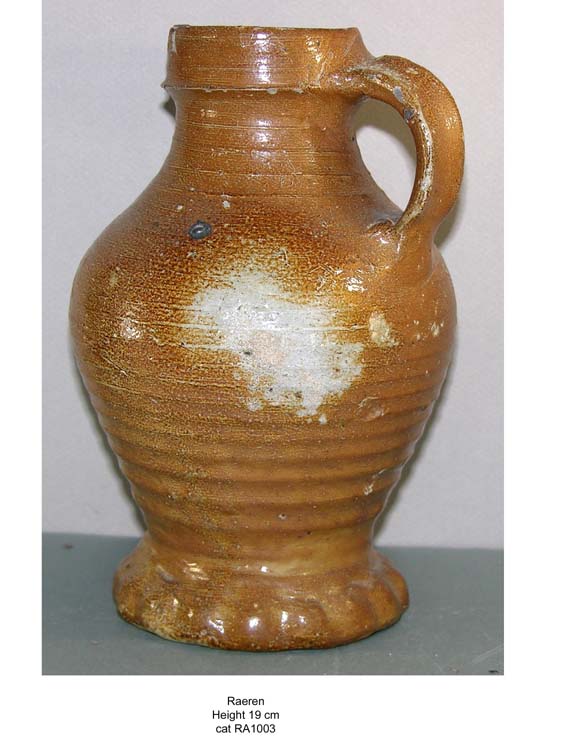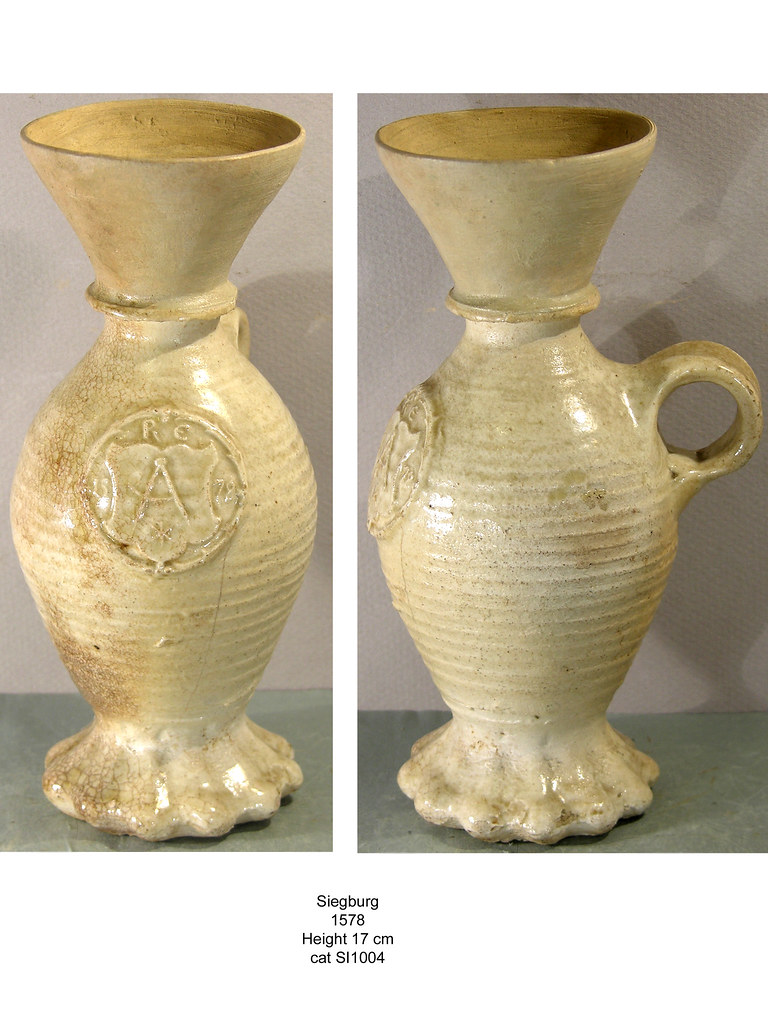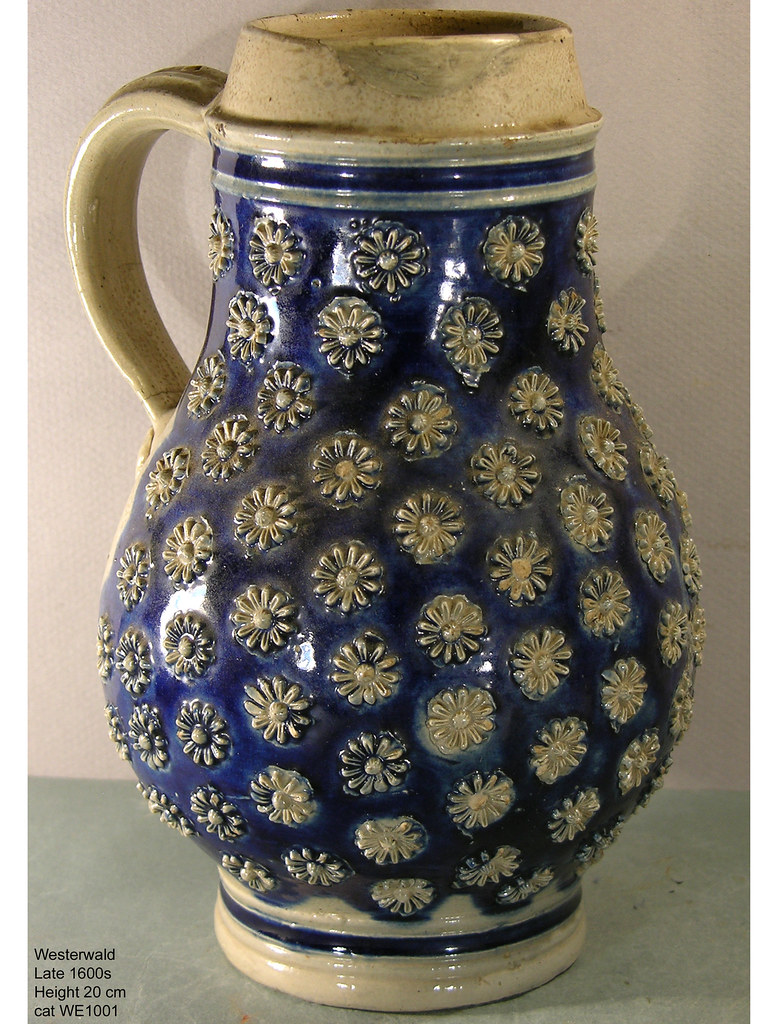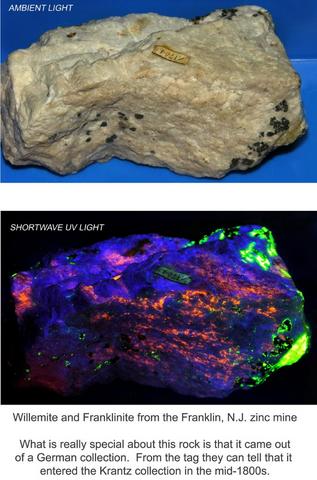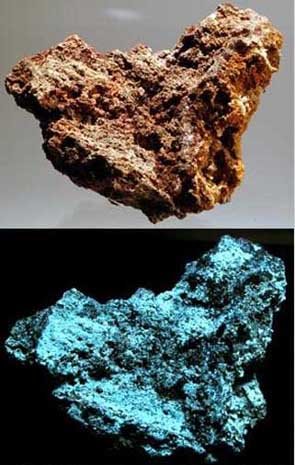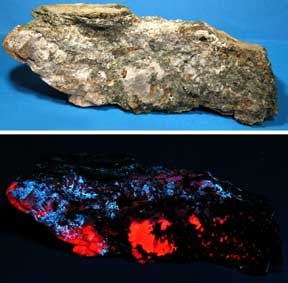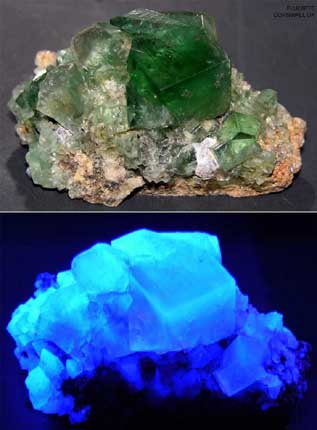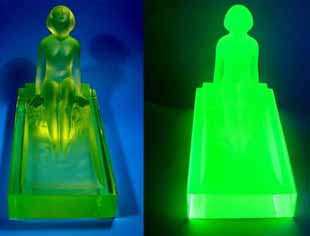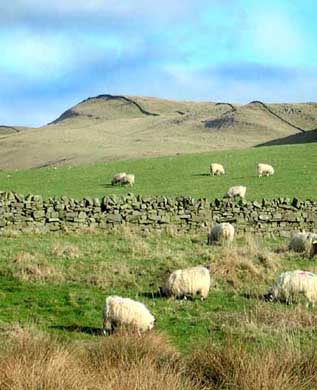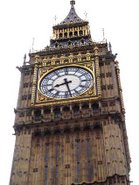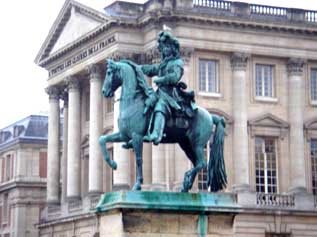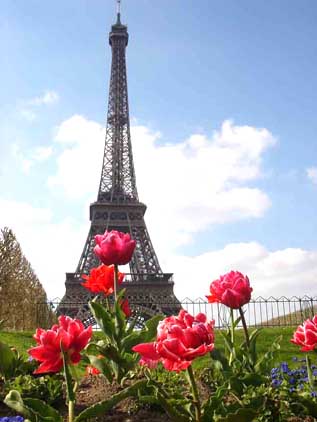Adobe
Before the railroads reached the area around El Paso, Texas in the late 1800’s the options in construction building materials were fairly limited. It certainly was not practical to carry large amounts of brick or heavy items like pianos across the dry and dangerous desert.
The American government built a series of military forts across the area to try and protect these invading settlers from the defences employed by the local indigenous population. In less than 100 years these invading immigrants were largely successful and the genocide of the local inhabitants was almost complete.

The Americans are no more blood thirsty than any other culture. This aggressiveness apparently is genetic and universal to our species. Until the current generation, the entire history of our species seems to have been one variation or another on this same theme. Throughout the history of mankind this forced land transfer happened all over the world. I lived in The Netherlands for many years, and if one looks back only a few hundred years in history ownership of the same piece of land changed from one country to another many different times.
The rainfall is so low in West Texas that for almost a millennium sun dried bricks were made locally from mud mixed with straw. The word used to describe this type of construction is adobe. Although the total annual rainfall is very low in the desert, it does rain occasionally. And when it does the rain typically arrives in a heavy flow as part of a thunderstorm. So ideally the exterior of the walls is covered with stucco or some type of lime based coating which is intended to protect the mud bricks from erosion by the rain.
Yesterday I was well off the beaten path. I was roughly a two hour drive North of El Paso, and I was using my GPS to search out hot springs in the high desert (I did find several). Far away from the highway I came across this little ruin of a house which was made from adobe.
When built and maintained correctly, this method of construction is very comfortable to live in. The walls are typically at least 60 cm (24 inches) thick. These thick mud walls provide great insulation and a tremendous amount of thermal mass. So adobe houses tend to feel cool in the middle of the summer day and remain warm during the cold desert nights.

